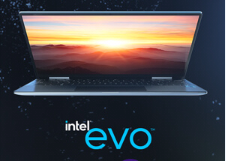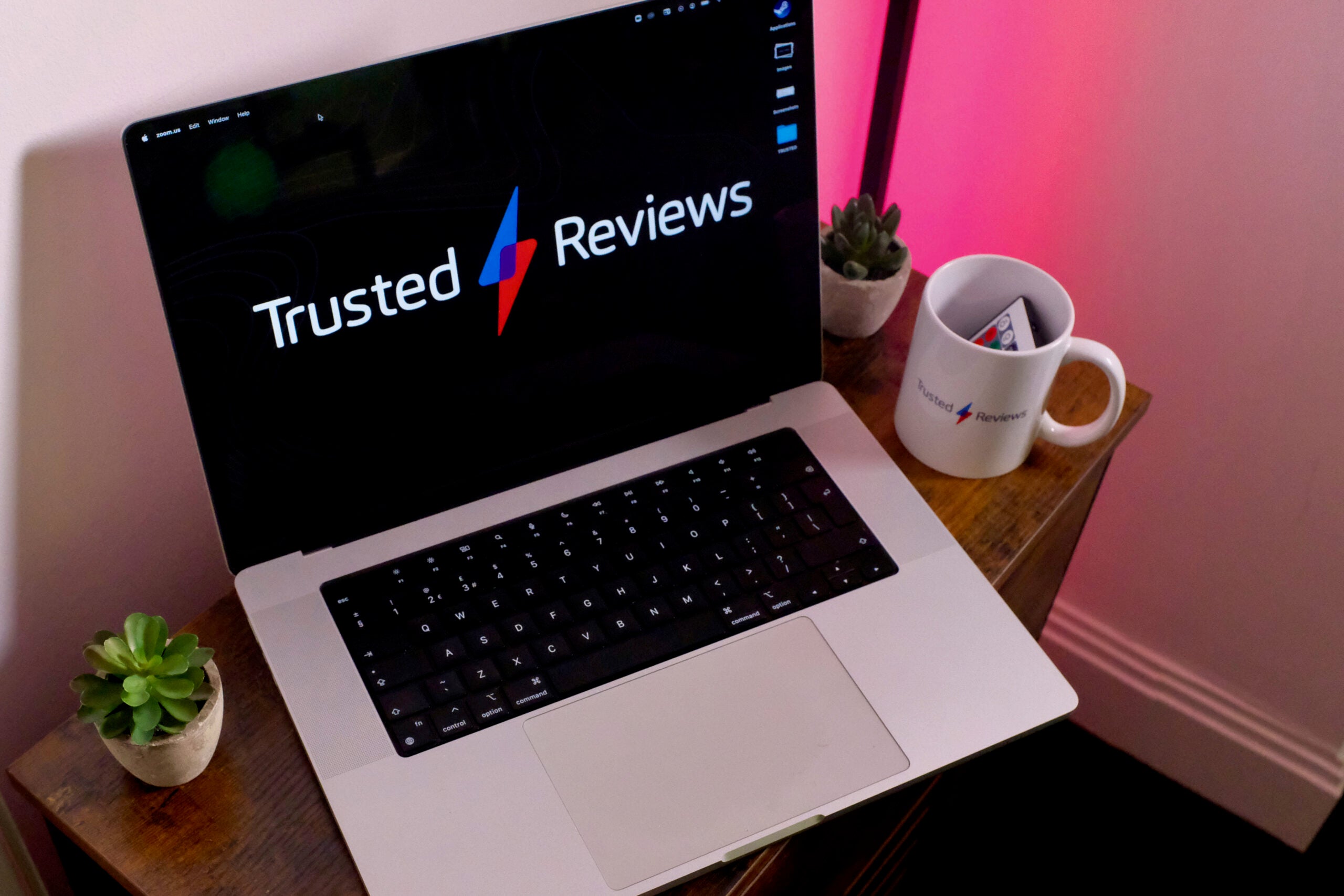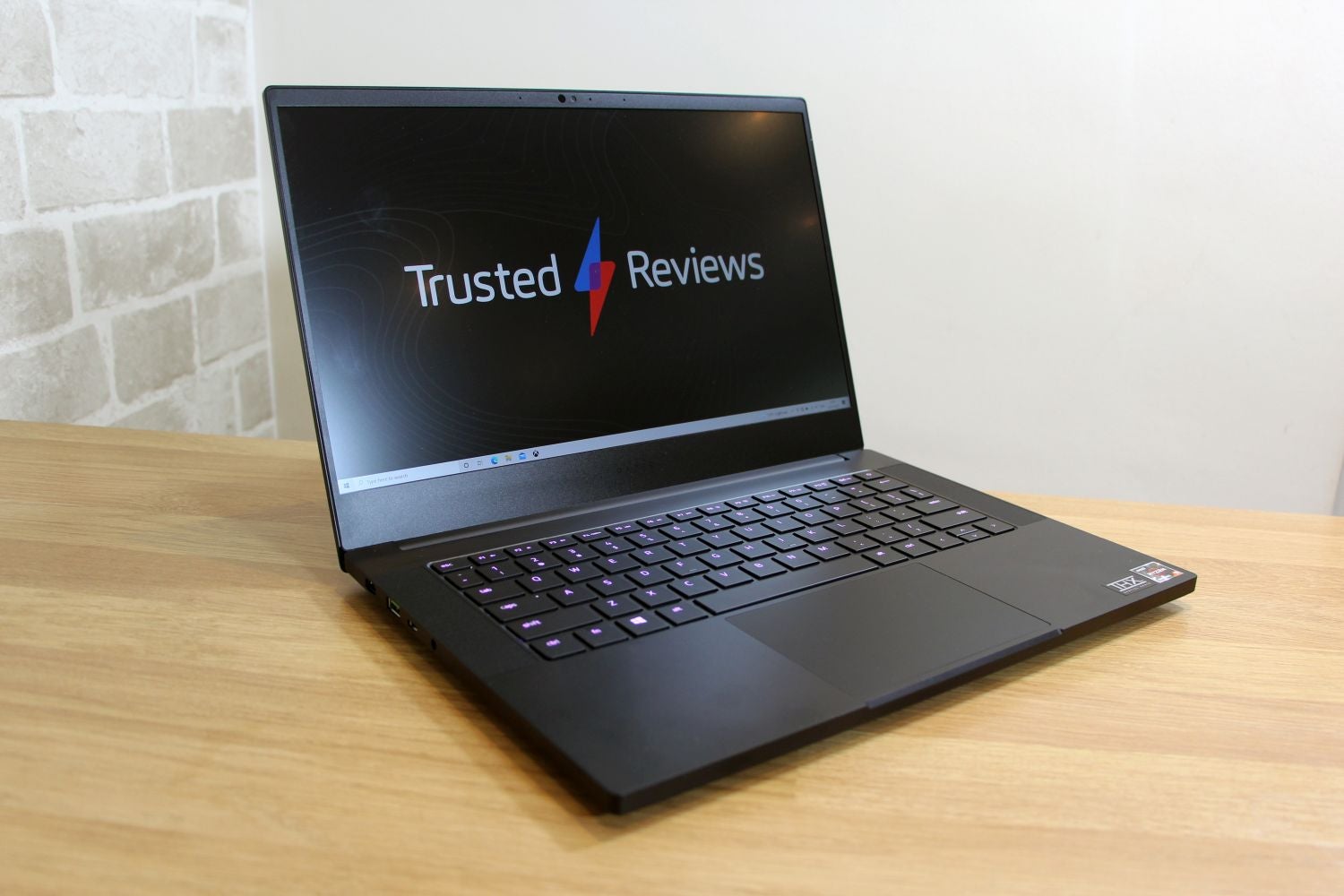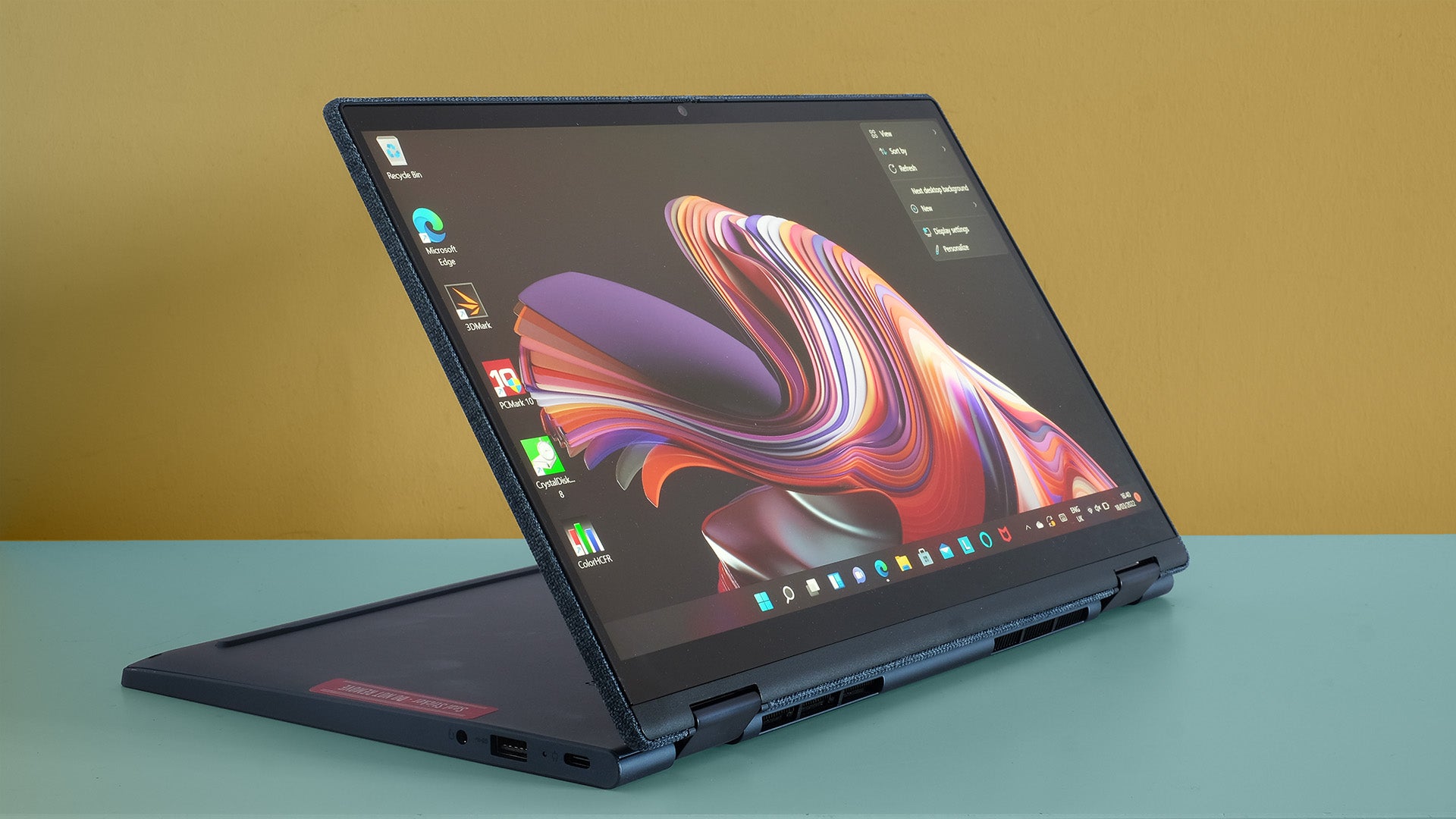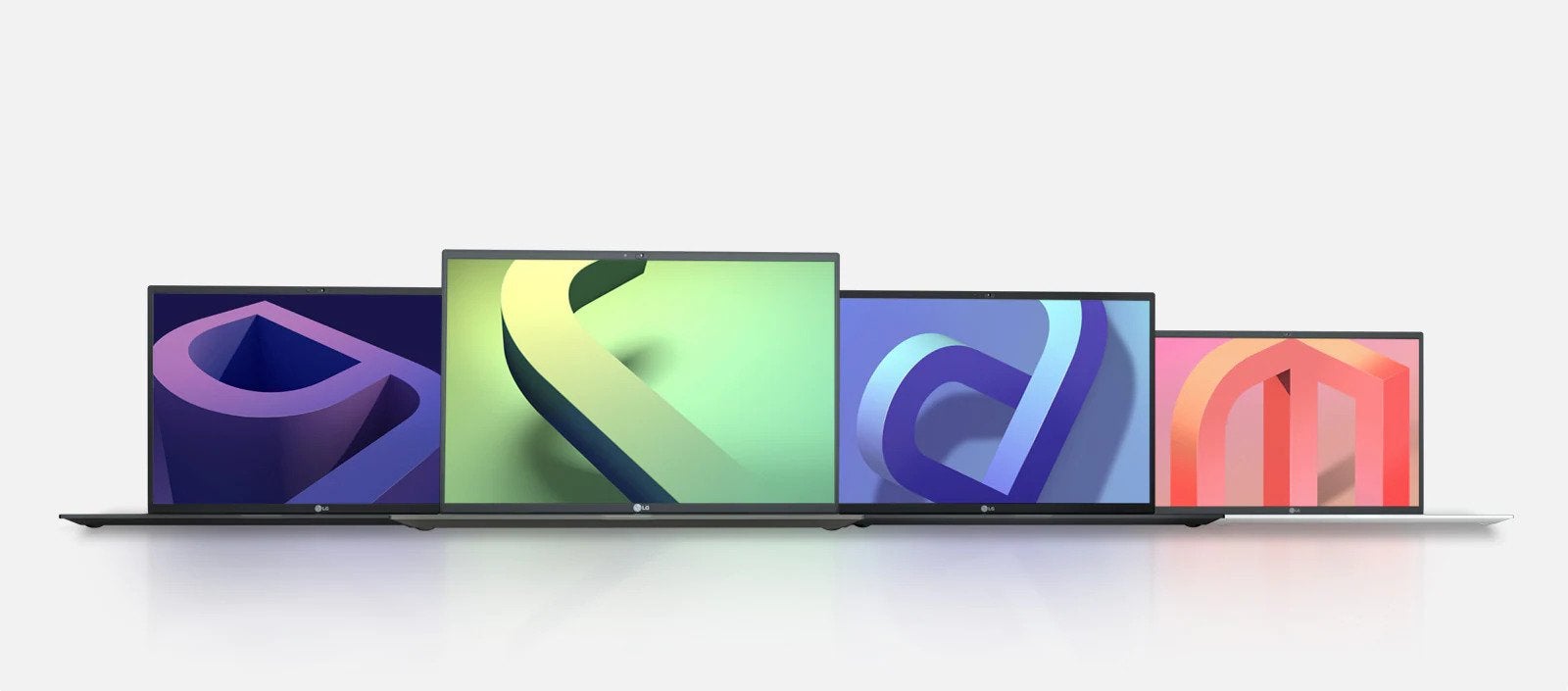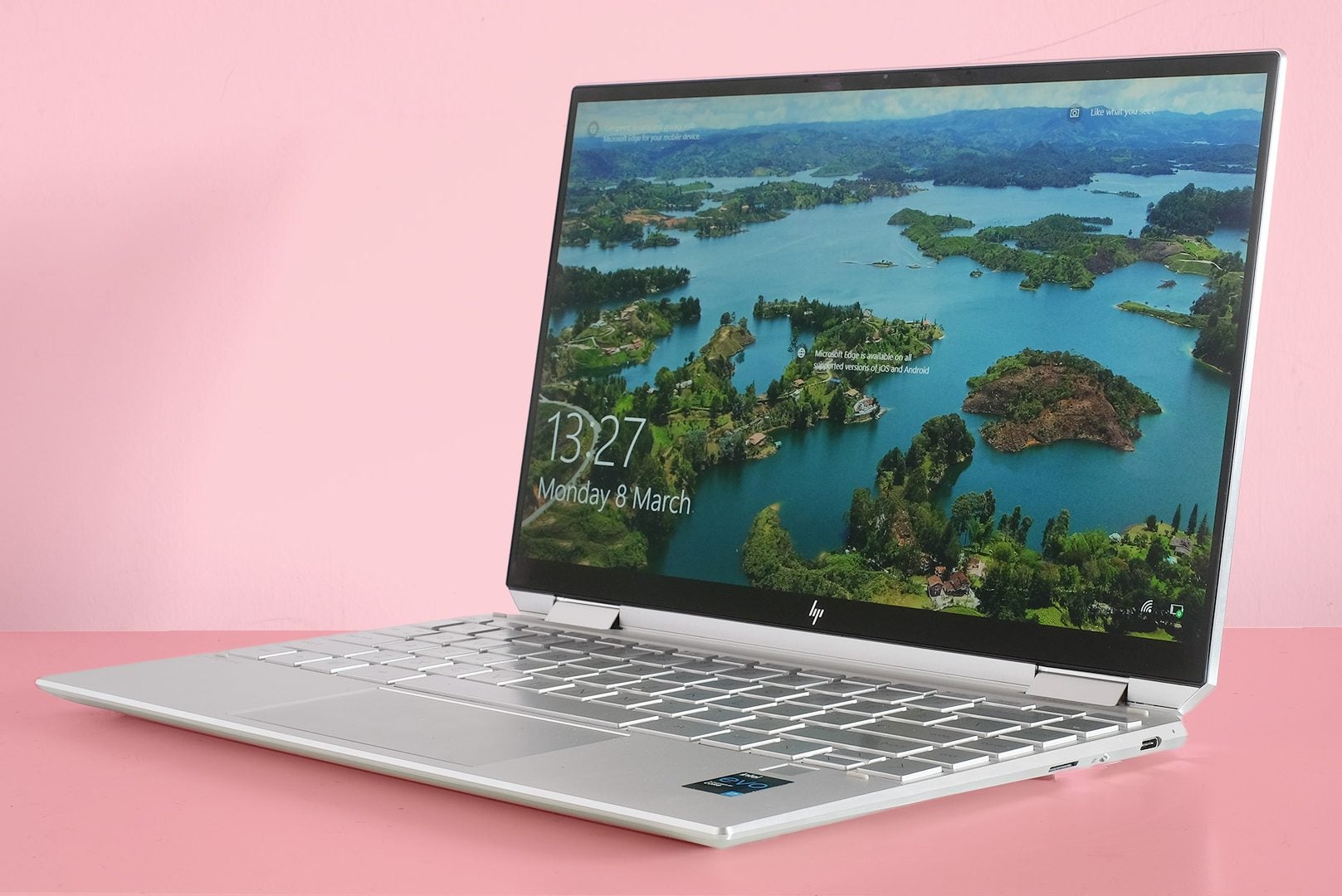How bright should a laptop screen be?
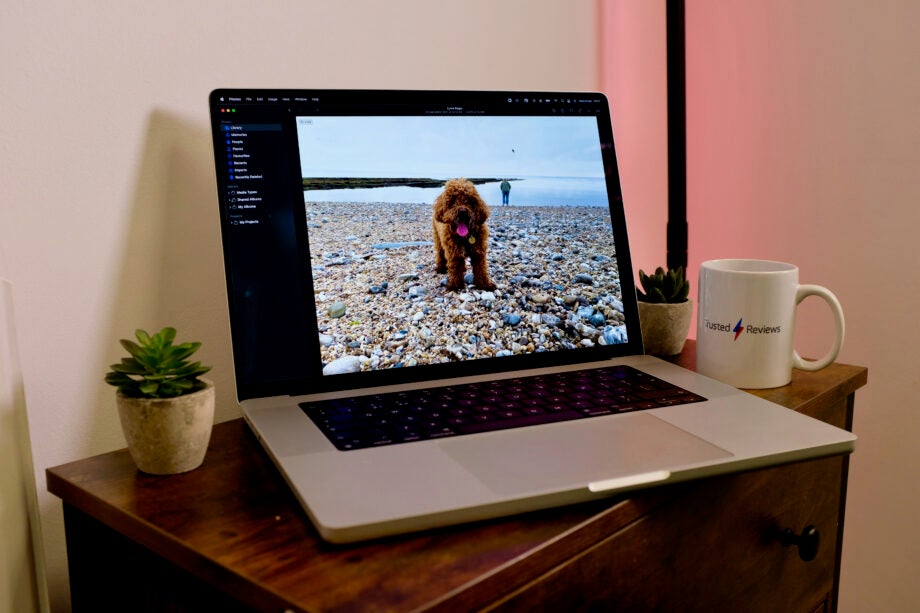
Looking for a new laptop can be overwhelming, and you may find that you get hung up on the small details. That’s where we come in.
Laptop displays can be difficult to understand, and there can be a lot of different technical terms that you may not be familiar with.
And that’s not to mention everything else you need to know, like how much battery your laptop will need, or how much RAM you should be aiming for.
In this article, we’re going to run through how bright your laptop screen needs to be depending on what you’re using it for, and what the average brightness to aim for is.
How bright are most laptop screens?
Before we start on how bright a laptop screen should be, we should touch on what a nit is.
Nits are what we use to measure how bright a screen can get. You can check out a more in-depth look at nits and what they are in our what is a nit explainer article, but in a nutshell, they are a measure of light over a surface, with more nits meaning that your screen can get brighter.
Laptops, mobile phones and tablets all have nit ratings, though how many nits a device has will depend on its specs as what its use case is.
Most consumer laptops will have between 200 and 300 nits on average, which is decent enough to use for productivity and for watching media.
Do I need a brighter screen?
You can find some laptops that have really high nit counts, though they are usually housed on devices that are being used for content creation.
This is because a laptop like the MacBook Pro 16-inch is marketed at people who are engaging in graphically intensive work, like 4K editing or graphic design.
Media professionals like this will require their screens to be as bright as possible, as a brighter screen will be able to capture a broader range of colours, which is very important if you are engaging in colour-sensitive work.
The MacBook Pro 16-inch (2021) actually has a 1,000 nit rating, with the screen hitting 1,600 nits during HDR content. While this may not be necessary for all media workers, with laptops like the Dell XPS 15 hitting 457 nits in our testing, it’s generally considered that 300 nits are the minimum target for high-end displays, with 500 being particularly impressive.
Overall, unless you are going to be engaging in graphically intensive work, you will find that a majority of laptop displays will be bright enough, especially if you are going to be doing productivity work like browsing the web or writing up documents.
If you are a cinephile and want to watch movies in the best quality possible, it may be worth checking out laptops that feature OLED or Mini-LED screens, which can offer deeper blacks and more vibrant colours overall.
Media professionals will want to check on the nit count of their laptops, with anything from 400 to 500 being serviceable for media creation, and anything over that being the most ideal.
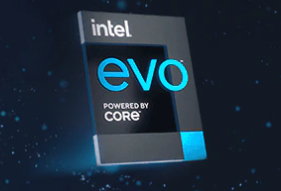
Intel® Evo™ – Laptops. Evolved.
Looking for a portable lightweight laptop with a large screen? The Intel® Evo™ approved LG Gram is a great choice!
You can shop the range now at Intel.
- Intel Evo
- LG Gram
- from £1,249


